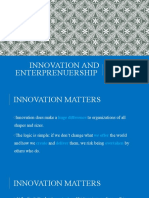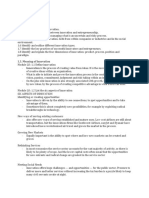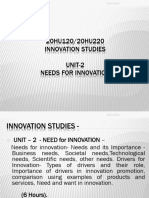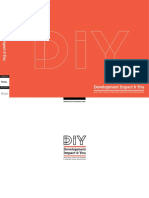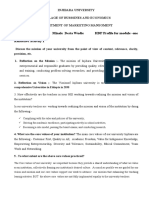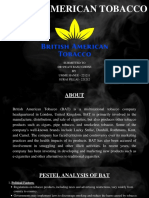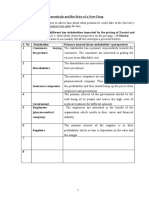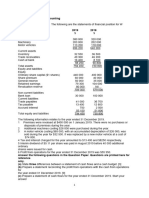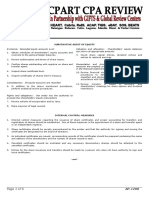0% found this document useful (0 votes)
15 views22 pagesIMC Chapter - Three
Chapter 3 discusses the sources of social innovation, emphasizing the interplay between knowledge push and need pull as key drivers for entrepreneurs seeking opportunities. It outlines a six-stage process of social innovation, from idea generation to systemic change, highlighting the importance of various factors such as regulation, user involvement, and the role of accidents in fostering innovation. The chapter aims to provide a comprehensive understanding of where and how innovations emerge, and the dynamics that influence their development over time.
Uploaded by
minale destaCopyright
© © All Rights Reserved
We take content rights seriously. If you suspect this is your content, claim it here.
Available Formats
Download as PPT, PDF, TXT or read online on Scribd
0% found this document useful (0 votes)
15 views22 pagesIMC Chapter - Three
Chapter 3 discusses the sources of social innovation, emphasizing the interplay between knowledge push and need pull as key drivers for entrepreneurs seeking opportunities. It outlines a six-stage process of social innovation, from idea generation to systemic change, highlighting the importance of various factors such as regulation, user involvement, and the role of accidents in fostering innovation. The chapter aims to provide a comprehensive understanding of where and how innovations emerge, and the dynamics that influence their development over time.
Uploaded by
minale destaCopyright
© © All Rights Reserved
We take content rights seriously. If you suspect this is your content, claim it here.
Available Formats
Download as PPT, PDF, TXT or read online on Scribd
/ 22















